What is Active Directory Account Lockout and How to Prevent It
Learn how to prevent it with best practices
5 min. read
Updated on
Read our disclosure page to find out how can you help Windows Report sustain the editorial team. Read more
Key notes
- Users cannot access the network until the AD account is unlocked when it is locked out.
- Following a few best practices, you will avoid AD account lockouts.
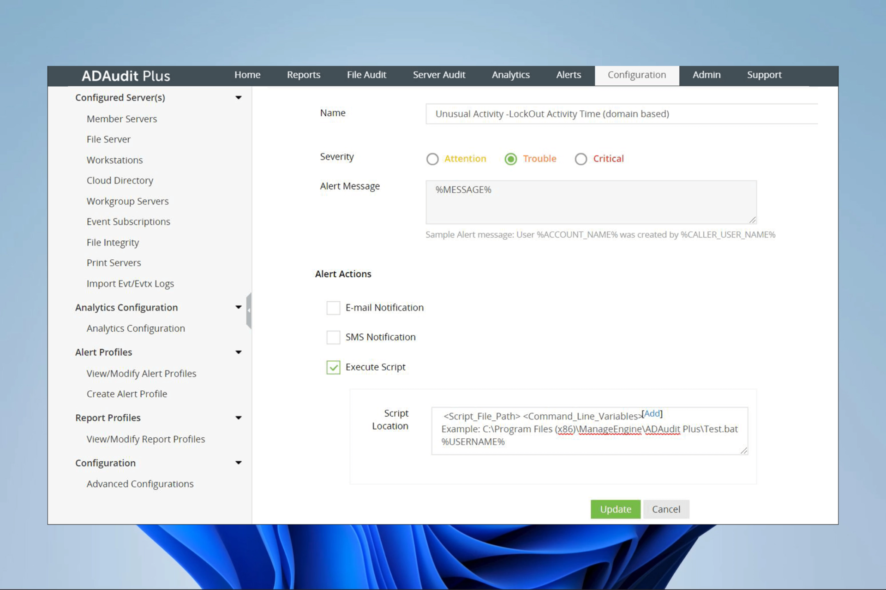
Active Directory (AD) is a centralized database that stores information about users, computers, and other resources in a Windows network.
A critical feature of AD is the ability to lock out accounts after a certain number of failed login attempts. This is known as Active Directory account lockout.
When an AD account is locked out, the user cannot log in to the network until the account is unlocked. This is a security measure to prevent unauthorized access to the network and protect sensitive information.
What causes an Active Directory account to lockout?
There are several reasons why an AD account may be locked out, including:
- Incorrect login credentials – One of the most common causes of account lockout is incorrect login credentials, such as a wrong password or username.
- Stale credentials – If a user’s password has expired or been changed, but their device or application is still using the old credentials; this can cause the account to lock out.
- Account lockout threshold – AD has a built-in feature that locks out an account after a certain number of failed login attempts. This is known as the account lockout threshold.
- Cached credentials – A device or application may cache login credentials. Hence, causing the account to lockout if the cached credentials are incorrect or have been changed.
- Brute-force attacks – A brute-force attack is a type of cyber attack where an attacker repeatedly tries different login credentials to gain access to an account. If an account lockout threshold is not in place, this type of attack can cause an AD account to lock out.
- Synchronization issue – Some accounts may lock out if there is an issue with the synchronization between domain controllers, causing a mismatch of account status.
How can I prevent AD account lockout?
1. Monitor suspicious activity
Monitoring suspicious activity can prevent active directory lockout by promptly identifying and addressing potential security threats.
This can include monitoring for unusual login attempts, such as multiple failed login attempts from the same IP address or login attempts from unusual geographic locations.
By monitoring for suspicious activity, security administrators can quickly detect and respond to potential security threats, such as a brute force attack on the active directory.
This can help to prevent unauthorized access to the active directory and protect against lockout caused by incorrect login attempts.
Lastly, good tools like ADAudit Plus make monitoring easy and more manageable.

ADAudit Plus
Great audit tool that offers comprehensive file audit and monitoring.2. Keep your AD environment updated
Updating your Active Directory (AD) environment can prevent active directory lockout. It ensures that all systems and components within the environment are running the latest security patches and updates.
Also, this can help to address any known vulnerabilities that unauthorized individuals could exploit to gain access to the active directory or cause a lockout.
By keeping the AD environment updated, you can ensure that all systems and components are running the latest security patches. This can reduce the risk of unauthorized access and protect against lockout caused by exploiting known vulnerabilities.
Additionally, updating the AD environment can also improve the overall performance and stability of the environment.
lastly, we recommend using AD management tools to make this process easy and quick. Our top recommendation is ADManager Plus.

ADManager Plus
An integrated tool for AD (Active Directory), Skype for Business, Exchange, Office 365, and G Suite management and reporting.3. Use a strong password
A strong password can prevent active directory lockout by making it difficult for unauthorized individuals to guess or crack the password through brute force.
This helps to ensure that only authorized users can access the active directory, reducing the risk of lockout due to incorrect login attempts.
Additionally, multi-factor authentication or other security measures can further strengthen the active directory’s security and help prevent lockout.
4. Use a strong password policy
A strong password policy can prevent active directory lockout by setting guidelines and requirements for creating and managing passwords within the active directory.
This can include requirements such as minimum length, complexity, and regular updates. Hence, enforcing these guidelines makes it more difficult for unauthorized individuals to guess or crack passwords.
So, it is less likely that users will choose weak or easily guessed passwords.
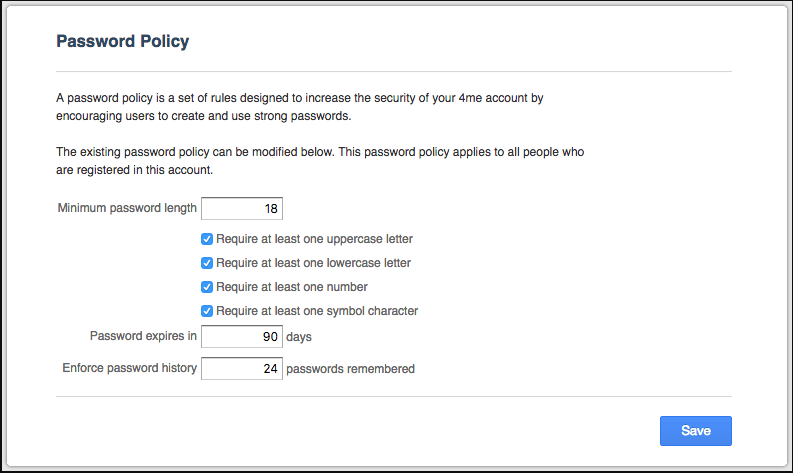
Additionally, regular updates of passwords can further prevent unauthorized access, even if a password is compromised.
5. Enable account lockout threshold
Enabling an account lockout threshold can prevent active directory lockout by limiting the number of incorrect login attempts a user can make before their account is locked. This can help to prevent unauthorized individuals from guessing or cracking a password through brute force methods.
When an account lockout threshold is set, after a certain number of failed login attempts (usually between 3 to 5), the account will be locked, and the user will not be able to log in until the account is unlocked.
This helps to prevent unauthorized access to the active directory and protect against lockout caused by incorrect login attempts.
Additionally, setting an account lockout threshold can also help prevent account lockout caused by users accidentally mistyping their password, as they can try again without getting locked out.
In conclusion, Active Directory account lockout is a security feature that helps protect against unauthorized access to the network.
By understanding the causes of account lockout and implementing preventative measures, organizations can reduce the risk of account lockout and protect sensitive information.


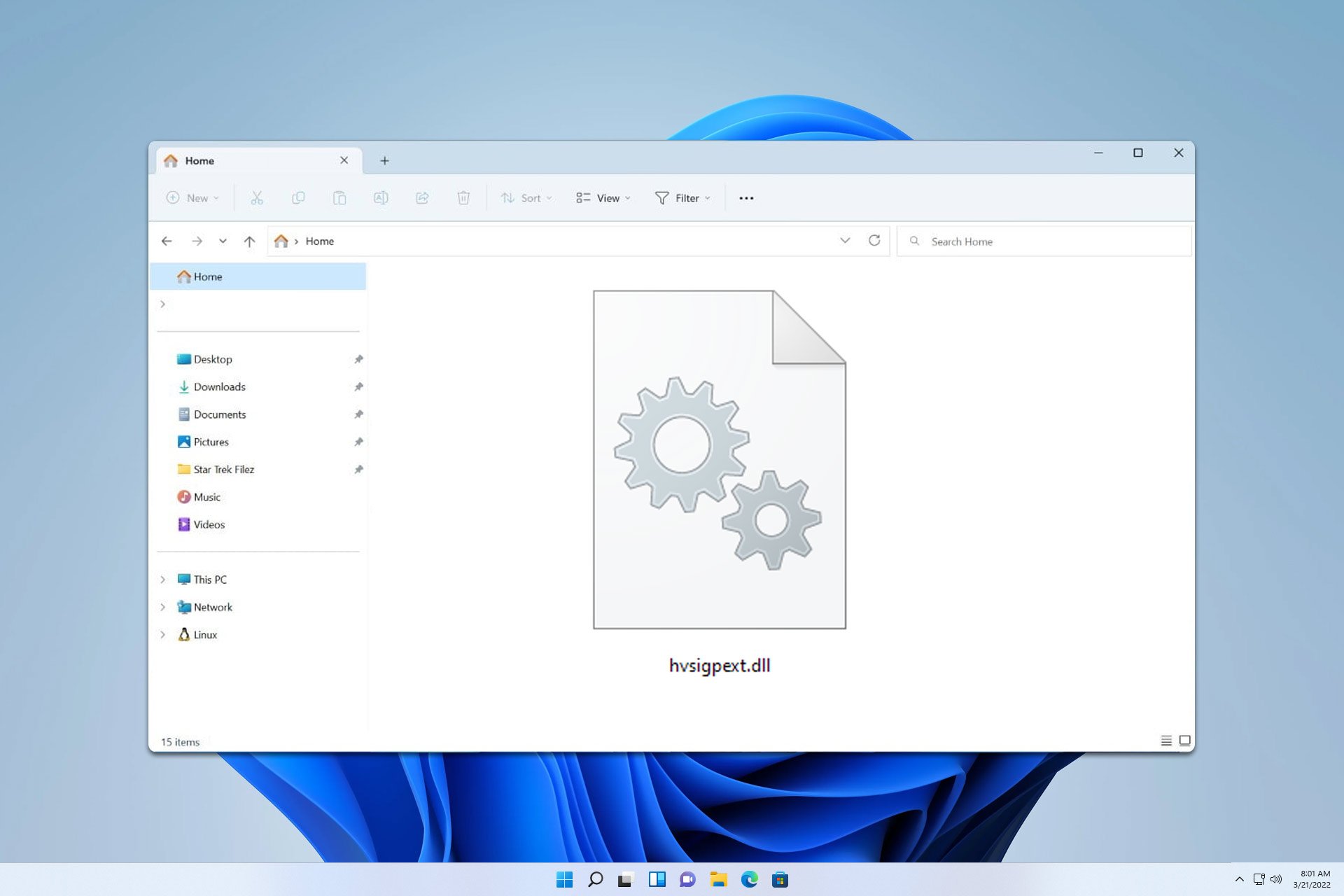
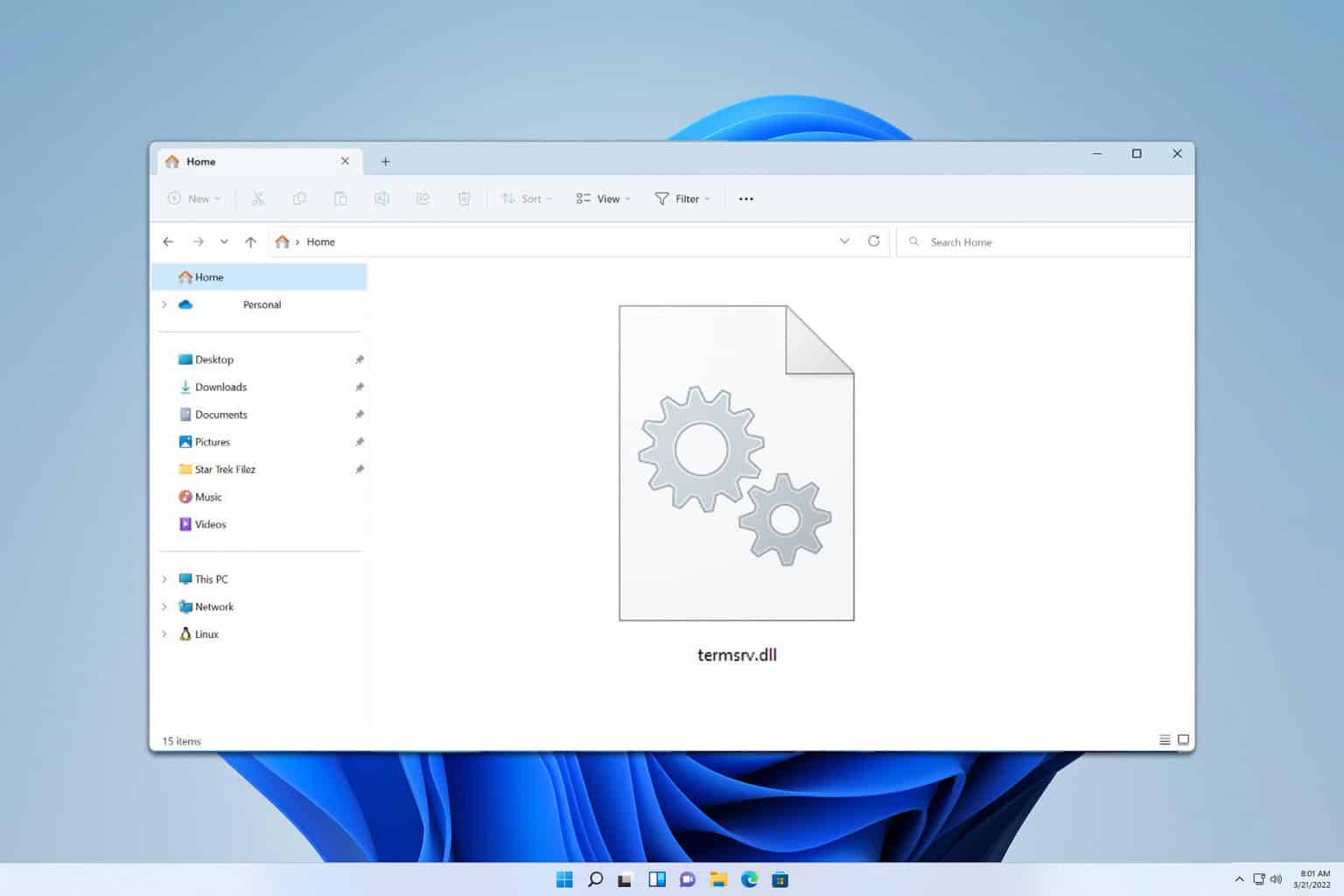

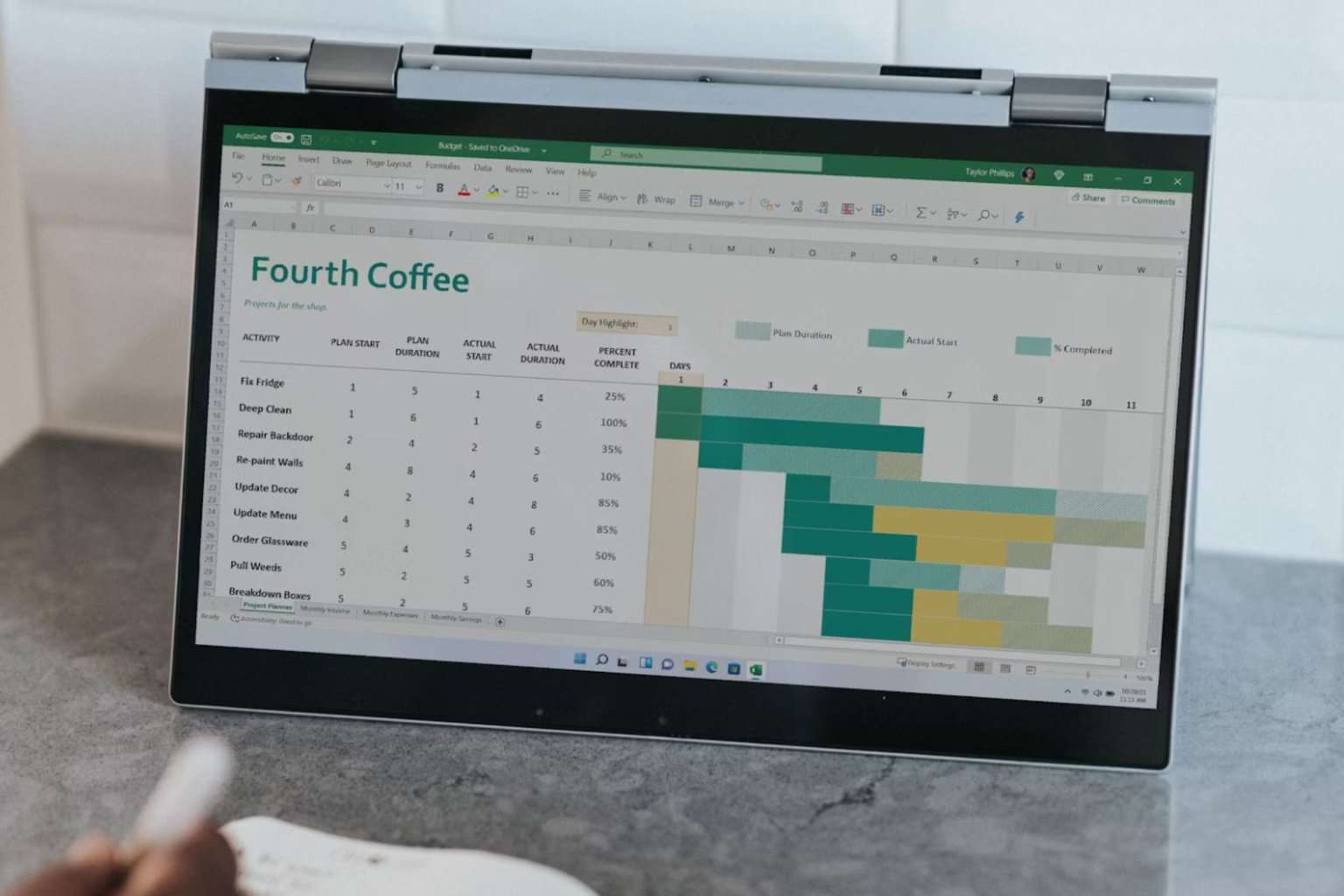
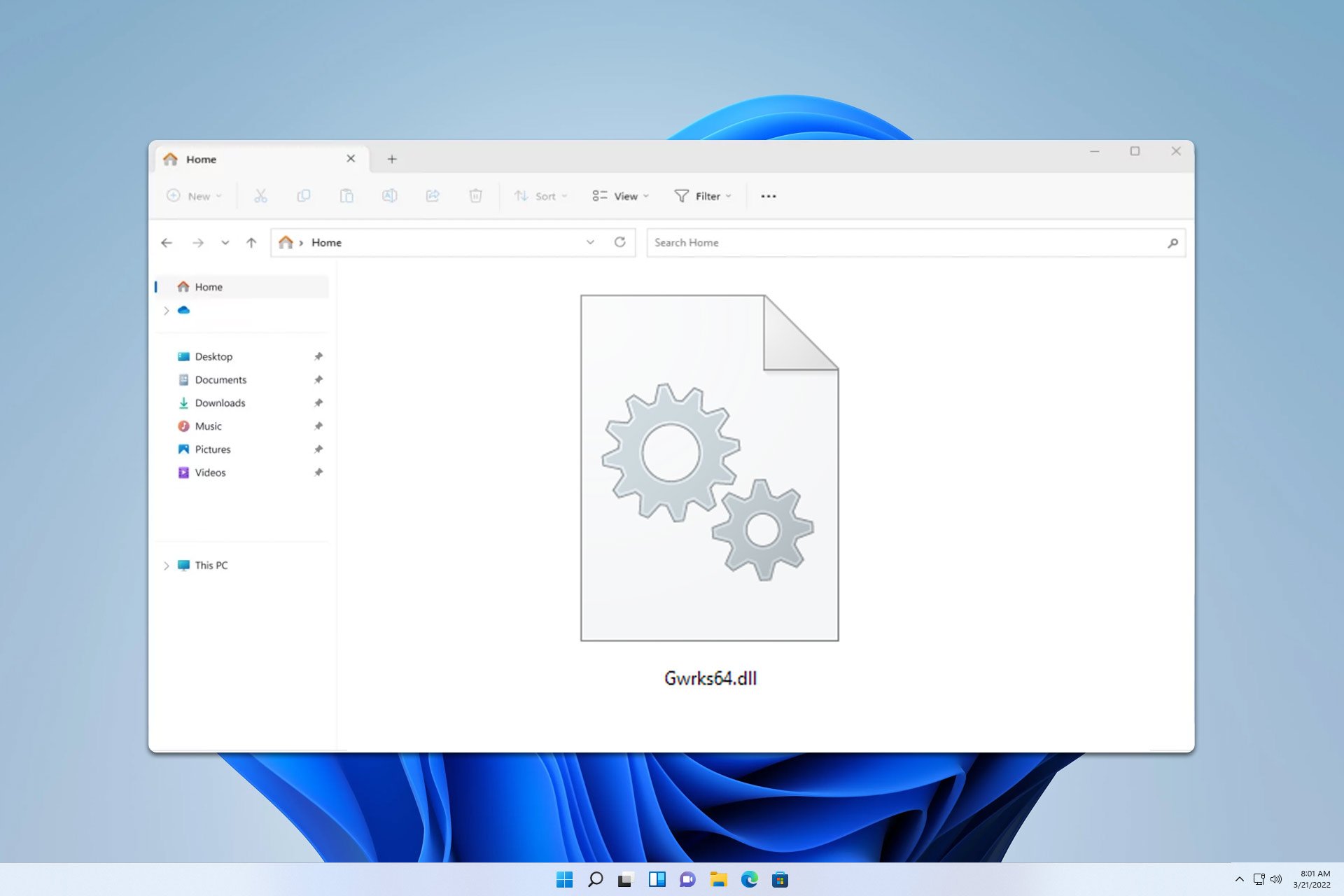
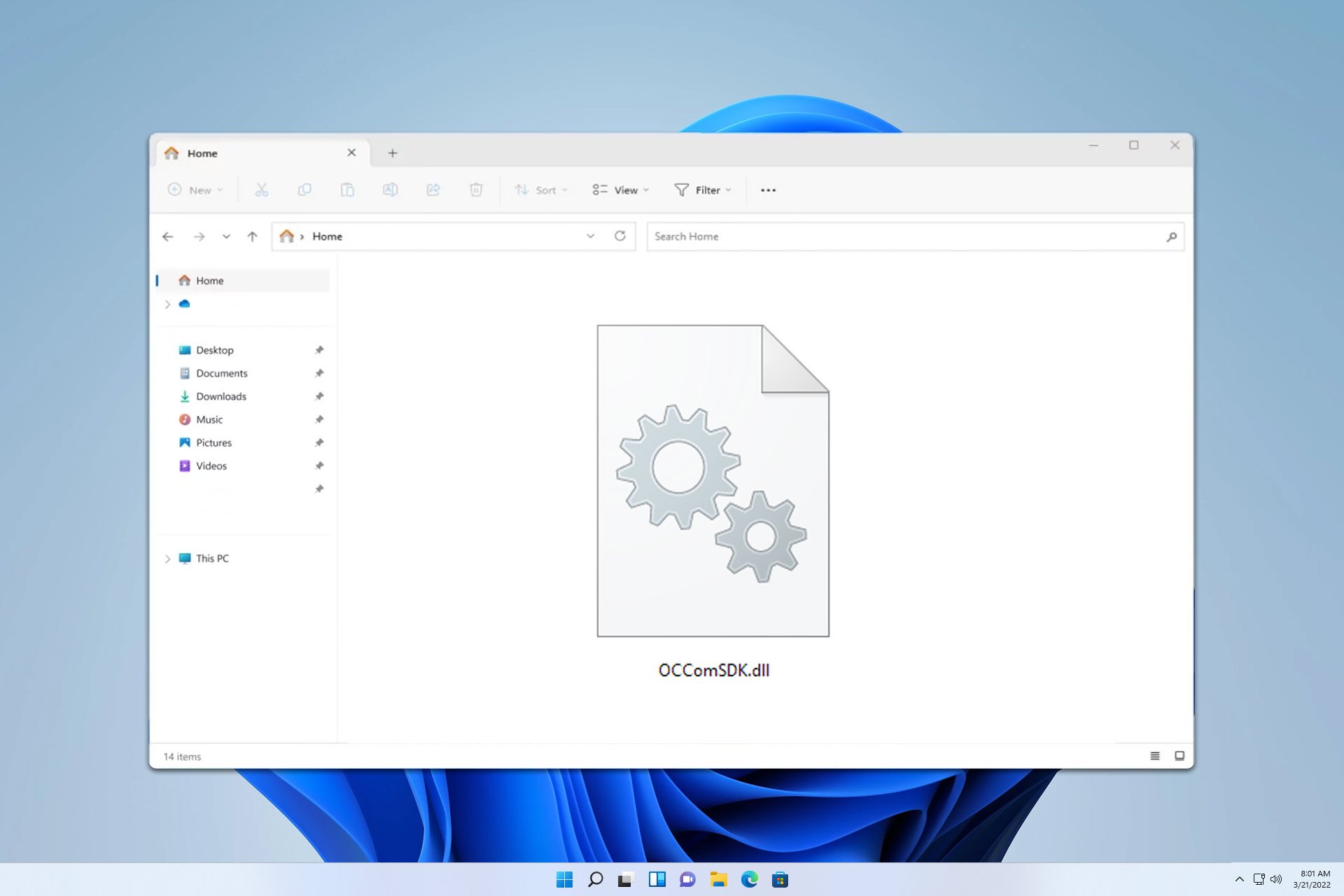
User forum
0 messages